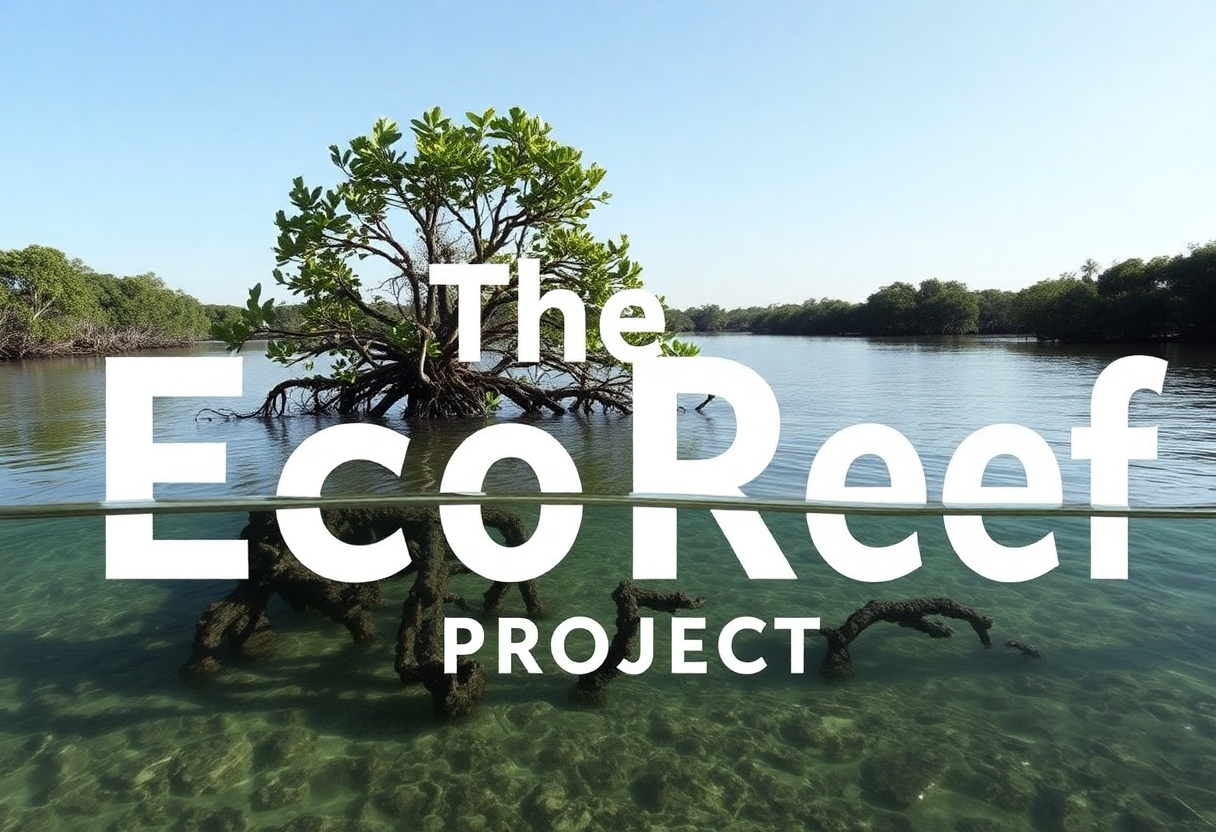EcoReefs: A Long-Term Hope for Marine Life To Prosper
Revolutionizing Marine Conservation: The EcoReef Initiative
Welcome to our exploration of EcoReefs, a groundbreaking approach to marine conservation.
What is an EcoReef?
An EcoReef is a unique structure, a lifeline for marine ecosystems. It’s constructed from organic materials, such as intertwined branches, rocks, and rubble, all held together with a durable binder. This unique combination forms a protective ‘cave’ that nurtures and shields marine life from their earliest moments, through their vulnerable juvenile phase, until they’re strong enough to survive on their own.
The Role of EcoReefs
But the benefits of EcoReefs extend beyond providing a safe haven for marine life. They also play a crucial role in preserving our invaluable Mangroves by shielding them from human-generated debris.
The EcoReef Project
The EcoReef Project, spearheaded by a dedicated team of experts, is currently focusing on three key areas:
Maintaining the cleanliness of our waterways
Safeguarding fish habitats
Minimizing plastic waste
The project’s goal is to create a science-based design framework for developing and testing coastal resilience strategies. These strategies combine traditional cement-based restoration methods with nature-based solutions to form hybrid reefs. These reefs can provide added protection against storm surge and powerful hurricanes along vulnerable coastal areas.
Join the Discussion
Now, we’d love to hear from you! Share your thoughts on how we can further improve these initiatives. What role can you or any person play in supporting the EcoReef Project? Remember, every effort counts when it comes to preserving our planet.
Remember to use the following hashtags when sharing this post: #MarineConservation #EcoReef #CleanWaterways #FishHabitats #ReducePlasticWaste. Let’s spread the word about the importance of marine conservation and the innovative EcoReef initiative!
Check out our channel here or similar videos

.jpg)




.jpg)

.png)